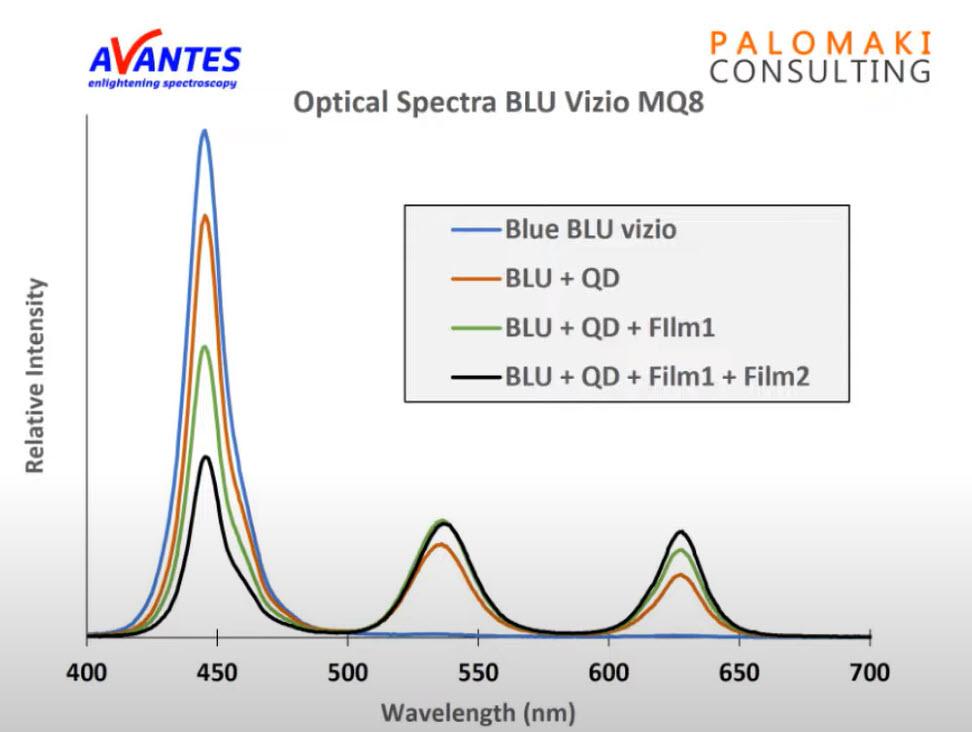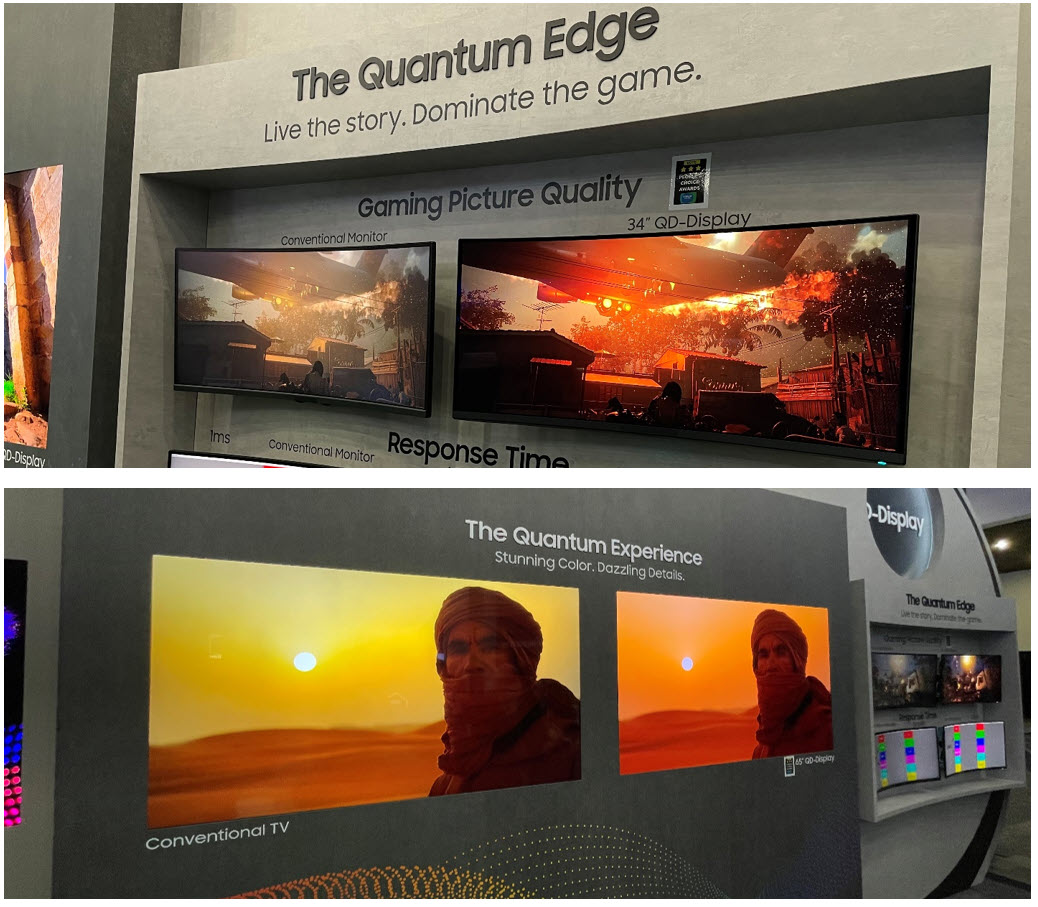I write this article with exuberance at the end of an exhausting week. I arrived in San Jose for SID Display Week on Saturday night, and since Sunday morning I have not stopped moving, meeting, speaking, and schmoozing. What follows is my on-the-fly reactions to what I saw and heard at Display Week 2022.

Everyone I met was equally as excited as me to be back in person at SID Display Week. The event felt, dare I say… normal. Over 5000 people attended in person, thousands more online. I was pleasantly surprised at the number of international attendees, who no doubt had to jump through hoops to travel for the conference. Chinese attendees found it difficult to attend due to strict quarantine restrictions upon return to China, but I expected this to be the case.
Color
Color is undergoing a reckoning. You have heard about it before, and you will hear about it again. 2-dimensional triangles are insufficient to capture how bright (or dim) certain colors can be, which has a major impact on perceivable differences in the display. There was a short course dedicated to the topic of display metrics, and after hearing from the experts I am on board with color volume and you’ll no doubt hear more from me about it. I still worry about the difficulty in measuring and portraying this 3-dimensional metric, but it is certainly worth talking about. (You Can’t Describe Colour Volume in 2D. Or Can You?)
There were some interesting examples in the I-zone of companies pushing the boundaries of color and how to tune the spectrum to our needs. Eyesafe was showing their diffuser technology that enables low blue-light technology and many of the major companies had low blue light displays at the show. I saw interesting tunable LEDs from Porotech. And 6P Color showed a convincing four-primary display that makes one realize there may be more beyond Rec2020 and Pointer’s gamut. (So, There’s no Colour Content above P3 Gamut, is There? (Part 1))
 (Left) Optical spectrum composed of the standard 3-primary RGB system, and (right) optical spectrum composed of 4 primaries (RGBC)
(Left) Optical spectrum composed of the standard 3-primary RGB system, and (right) optical spectrum composed of 4 primaries (RGBC)
Quantum Dots, Phosphors And MicroLED
Naturally, as it’s my specialty, I spent a lot of time in the QD session, including giving two talks myself. Electroluminescent QLED technology continues to improve, and what strikes me as meaningful is that many companies are moving to deposition techniques that could be used in mass production (ink jet printing, photolithography) instead of R&D techniques (spin coating). TCL, BoE, Sharp and Samsung all presented papers on EL-QLED. BoE brought their 55inch 8K AM-QLED TV… but it was broken, so it just sat there as a very expensive paperweight.
I was very impressed with the microLED displays on the show floor, especially those with QD color conversion from AUO and Play Nitride. These displays are really starting to look like they could find their way into products. Now only if they can find a way to do it at a reasonable cost!
 AUO’s rollable microLED display with QD color conversion.
AUO’s rollable microLED display with QD color conversion.
Materials innovations are not done yet either. There have been advancements in color converting materials of every color. Samsung continue to improve their green QDs for color-conversion by enhancing absorption properties, as does Nanosys. Perovskites are continuing to push ahead with excellent optical properties as a green emitter, and potentially also for red. And don’t forget red! GE announced a new red phosphor that complements KSF, along with continuing their green phosphor development.
QD-OLED
Both Samsung and Nanosys had QD-OLED displays in their booths and boy do they look good. For me the most noticeable difference was the incredible performance at severe viewing angle, but the color volume was of course excellent as well. I would have appreciated the black levels more if it were not on the brightly lit show floor, but we all know that contrast in a dark room will be excellent as it is self-emissive OLED. There were rumors that the blue OLED may contain green dopant as well, but I heard such mixed responses when I inquired about this that I can only perpetuate the rumor for now. I have follow-up planned to figure this out. I also took some spectral measurements to help me get to the bottom of this.
 Samsung’s QD-OLED (QD Display) was quite impressive. Here’s hoping the costs come down.
Samsung’s QD-OLED (QD Display) was quite impressive. Here’s hoping the costs come down.
Other notable displays were the 95 inch 8K OLED from BoE, 65 inch 8K IJP OLED from TCL/CSOT, and a host of transparent OLEDs from LG and others.
I hope SID continues to support the hybrid approach to this conference. I love to attend in person and network, but it is impossible to attend every single talk of interest to me. Now I get another few months to review talks and slides from speakers I happened to miss. Thanks SID for putting together a great homecoming for the display community. It was a welcome escape back into reality. (PP)
Peter Palomaki is the owner and chief scientist at Palomaki Consulting, a firm specializing in helping companies solve big problems at the nanoscale. His utilizes his expertise in quantum dots and materials chemistry to solve challenging problems with clients large and small.

